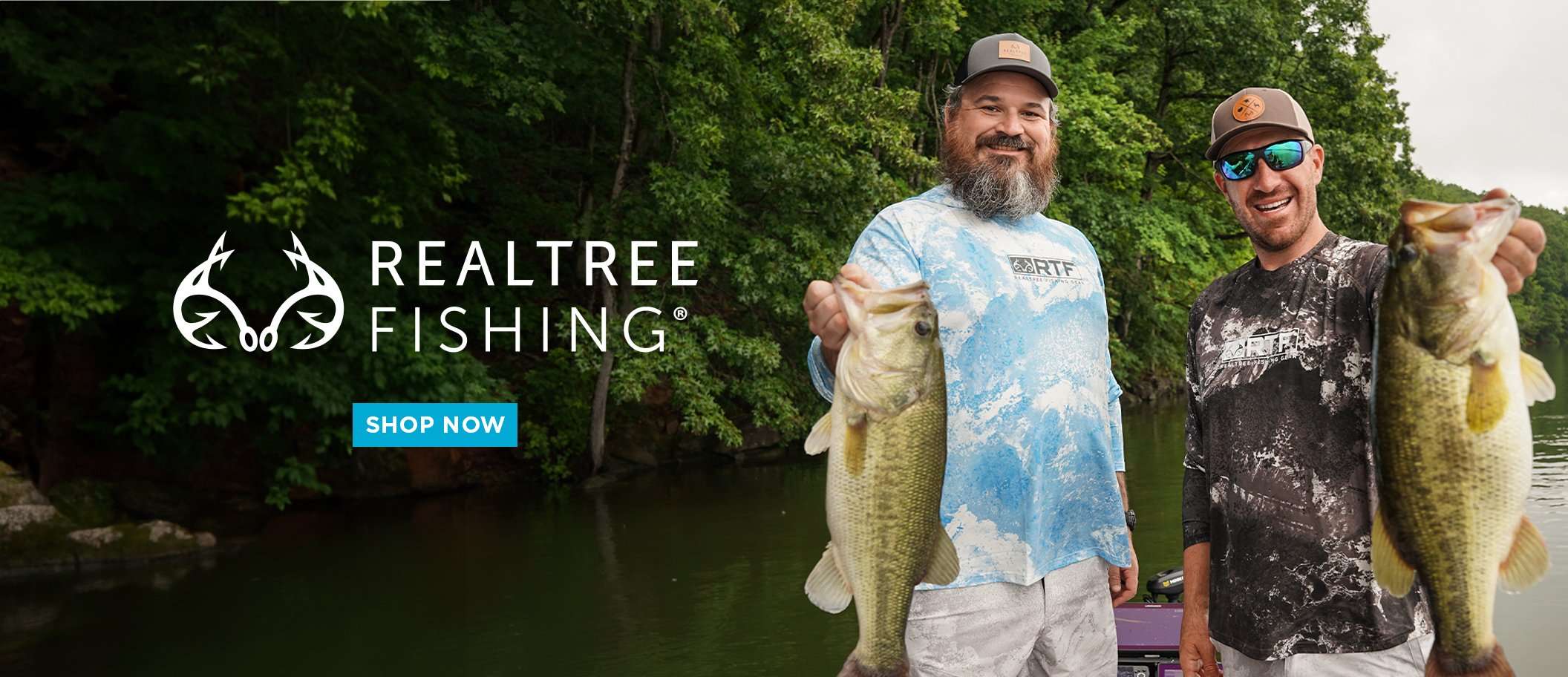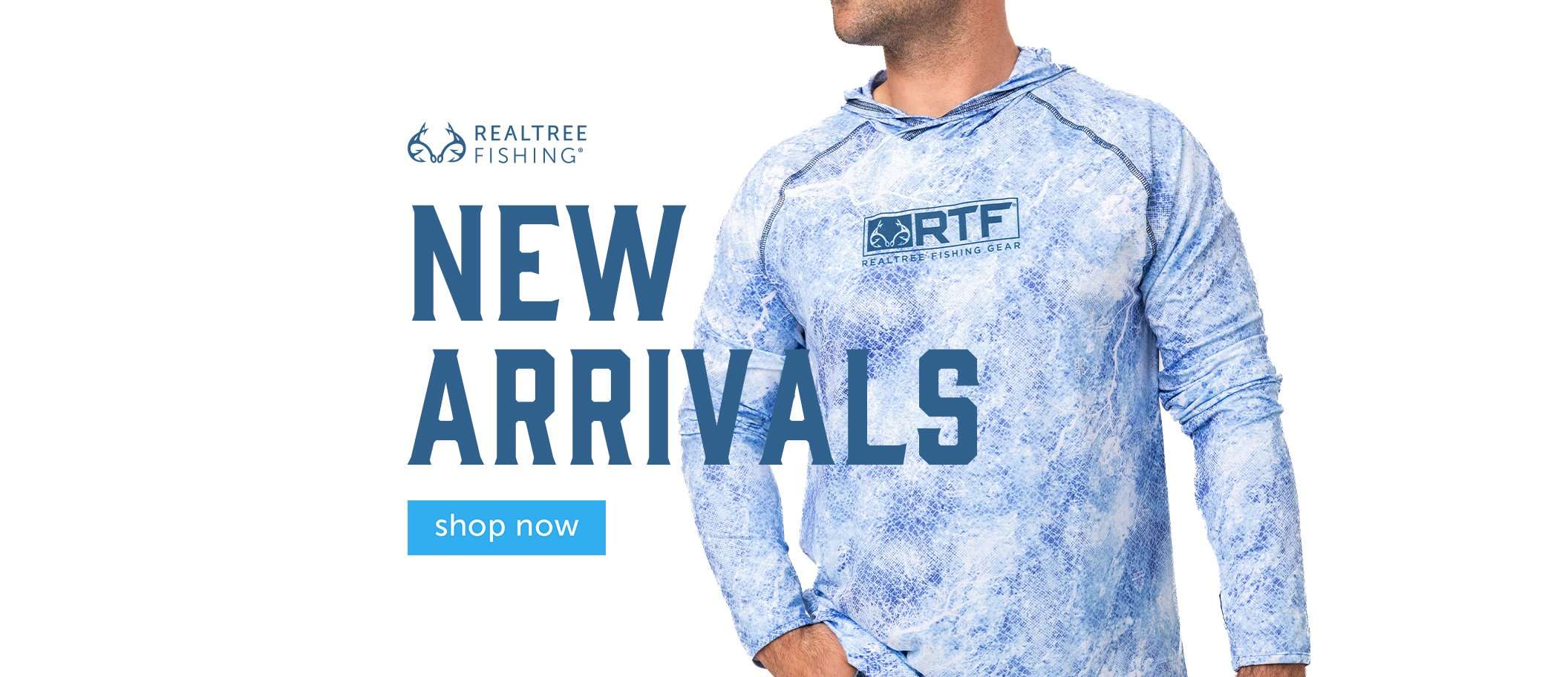Take advantage of government conservation programs that will pay you to improve the wildlife habitat on your land
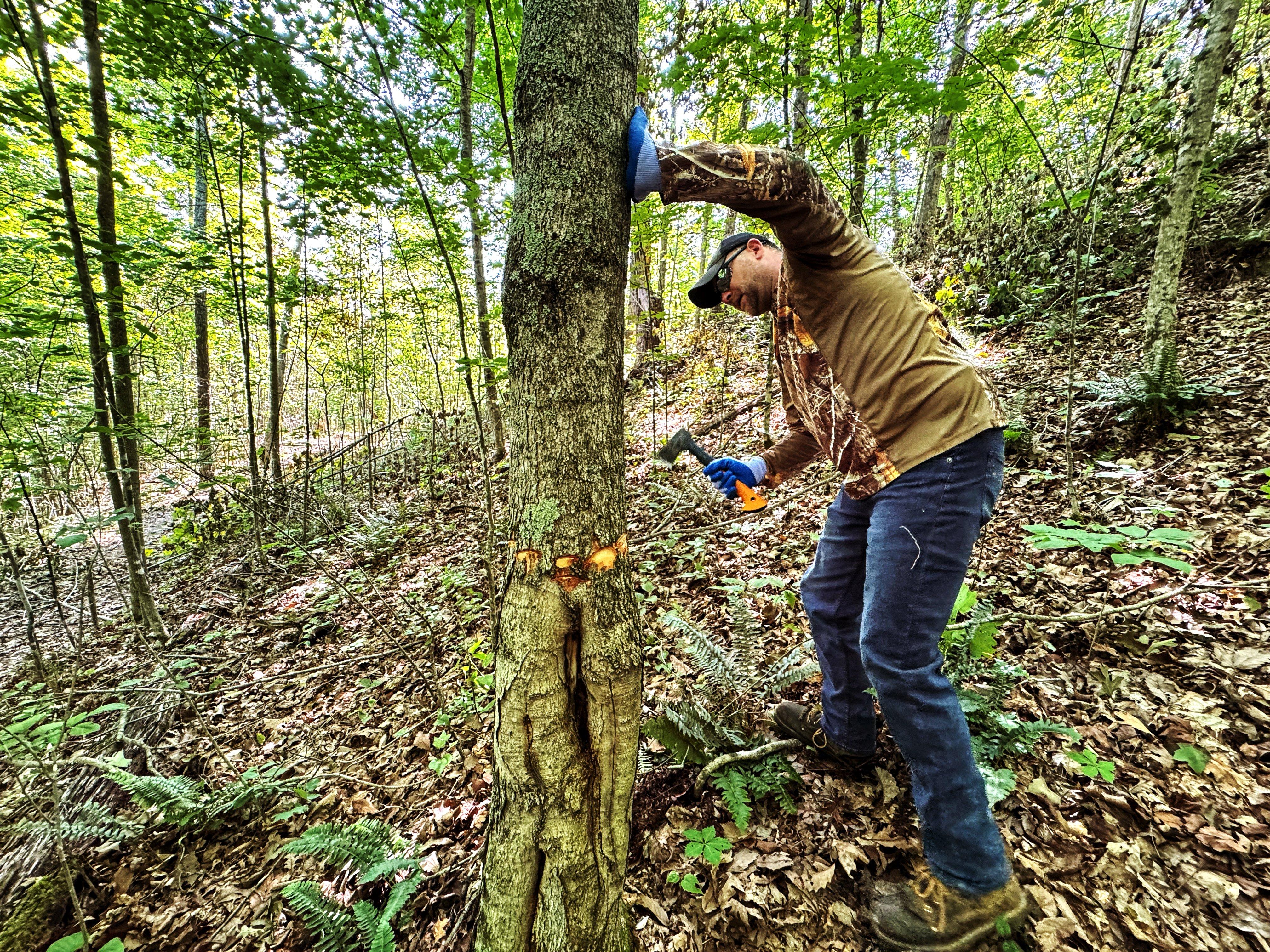
Improving your property for wildlife might seem challenging, but landowners can receive technical and financial assistance through many government programs. Photo by Bill Konway
Like many new landowners, Bill Konway wanted to improve wildlife habitat on his Kentucky property. And when he heard about resources that might help, he made some phone calls.
Soon, Konway had a visit from Harley Weaver, private lands biologist with the Kentucky Department of Fish and Wildlife Resources, who told him about government programs that could provide instruction and financial assistance for habitat work.
“I said, ‘Let me get this straight: You’re going to tell me what I need to do to attract critters, and you’re going to pay me to do it?’ He said yeah. I said, ‘Sign me up,’” Konway said.
Konway isn’t alone. Throughout the country, many landowners take advantage of a plethora of federal, state, and other programs that offer guidance and money to help them reach their habitat improvement goals. And although becoming involved with such programs might seem challenging, a few easy conversations can get folks started.
MULTIPLE OPTIONS
It’s probably impossible to create a comprehensive list of all the state, federal, and other agency habitat improvement and assistance programs. The Natural Resources Conservation Service is the top source. Formerly called the Soil Conservation Service, it’s an agency of the U.S. Department of Agriculture that provides technical and financial assistance to farmers and other private landowners and managers. It offers an array of programs to help landowners in various habitats throughout the country. Funded primarily through the Farm Bill, the NRCS has more than $5 billion to offer landowners in 2024, through its primary budget and a boost from the Inflation Reduction Act.
“Our whole existence is helping private landowners and managers implement beneficial practices with their ag operation and address other natural resource concerns,” said Tim Griffiths, the West coordinator for the agency’s Working Lands for Wildlife initiative. “Clean water, clean air, abundant wildlife habitat — we have a whole variety of technical and financial resources to help landowners across the country on a one-on-one basis.”
Griffiths said the NRCS offers many programs, with the three largest and most popular being:
Environmental Quality Incentive Programs provide financial assistance to landowners to help them accelerate implementation of beneficial practices, such as forest thinning. Basically, EQUIP offers a payment rate that covers a portion of a project cost.
The Conservation Stewardship Program is designed for working lands and rewards producers for current management while incentivizing future enhancements. Griffiths said it helps pay landowners for current high standard management of their property. (Projects might involve soil erosion or wind erosion work, for example.) “We’re paying for a recurring management at a high bar,” he said. “And then we help them take that next step to up the conservation ante, including paying for a mixture of management and individual practice implementation.”
The Agricultural Conservation Easement Program is the third primary program. Griffiths said this voluntary program is used to create conservation easements that include restrictions on a deed to private property that prevent future conversion away from agriculture. “Instead of having a super center replace that farm 100 years from now, we can put an easement in place to keep that large, open space intact and open,” he said.
Don’t Miss: Lost Your Deer Hunting Lease? Here’s How to Find a New One
In addition to the standard delivery, Griffiths said, in 2010, the NRCS started a focused approach called Working Lands for Wildlife. WLFW maximizes benefits to people and wildlife by steering enough of the right practices to the right places to affect populations of wildlife within major geographic areas of importance. Practices are designed to address main forces that are causing habitat loss at a biome scale in those regions (such as controlling tree encroachment in the Great Plains grasslands, for example). The initiative lets the agency develop a strategy with landowners to implement practices that then help wildlife on a large geographic level.
Having so many options prompts obvious questions: How can a landowner determine which habitat program best fits their property, and how do they get started? Griffiths said it begins at the local level. The NRCS has about 11,000 employees, many of whom are biologists, agronomists, foresters, soil conservationists and other technical experts, and they’re scattered across about 2,300 field offices in almost every county in the country. Interested landowners can go to farmers.gov and find local NRCS service centers.
“Local field centers are where the action happens,” Griffiths said. “A landowner calls or knocks on a door at a service center and gets personal assistance. Someone from that local service center comes out and spends time one-on-one with that landowner to figure out what their unique goals are and to help them assess what the other resource concerns they aren’t seeing are, and then works with them to develop alternative solutions. The landowner is the decision maker. That targeted technical assistance is priceless. It’s very valuable for that landowner.”
After a landowner has a conservation plan in place and becomes involved in a program, the work begins. And that process, although challenging, might be the most rewarding aspect.
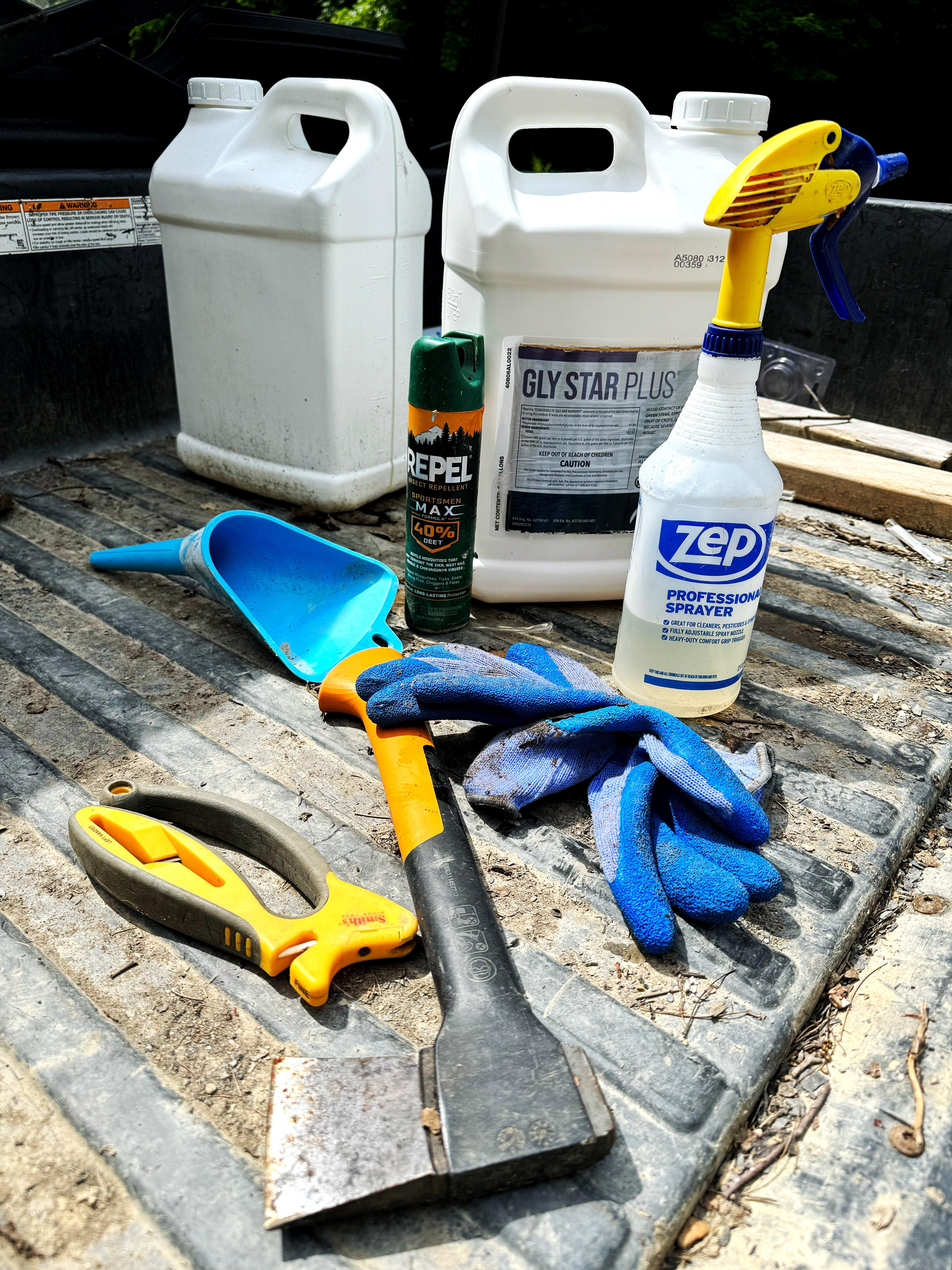
If you’re confused about how to implement a habitat project, many initiatives offer technical support from wildlife experts. Photo by Bill Konway
SWEAT EQUITY
In many government habitat assistance programs, landowners have options about how to approach management projects. In some cases, they might opt to hire professionals to perform work (a timber stand improvement, for example) and use financial assistance to pay that company. In other cases, landowners perform much or all of the work themselves.
“Landowners can participate actively in these programs, and they should,” Weaver said. “When I meet with a landowner, I want to get a feel for what they’re capable of. It’s sort of an interview to define to them if they’re going to do the work or whether somebody else needs to do the work. For some folks, it’s out of their wheelhouse. But for those landowners who can do the work, it’s very prosperous and educational.”
Konway, who’s been involved with government habitat programs for six years, opted to undertake much of the project labor himself. Recently, he’s been performing “hack-and-squirt” work — cutting and then poisoning unwanted trees and shrubs such as autumn olive, Ailanthus, hornbeam, beech, red and sugar maple, sourwood and black gum less than 5 inches, and others from sections of his property.
“It’s a lot of work, and you can’t do it halfway,” he said. “But it’s not too arduous, and it’s kind of nice getting that money at the end of the project. And you learn a lot. I’ve learned an incredible amount about good trees, bad trees, mushrooms, nuts, ginseng, ginger and all sorts of stuff.”
Don’t Miss: What Will it Take to Beat the World-Record Whitetails?
After Konway completes portions or all of a project, Weaver inspects the area to ensure it meets program specifications.
“It can be daunting for landowners if it’s the first time they’ve done that type of work,” Weaver said. “You look at the forest, and it’s green with a few different shapes of leaves. If you don’t know anything about botany or tree identification, you’re just looking through a jungle, and you say it looks good. I can come in and be a conduit and help (landowners) find success. I want to give them the best value that I can. I’m interested in their success. I want them to be assured that when they need to know something, I’ll be there to answer those questions.”
As Konway can attest, the results of successful habitat improvement efforts make all the work worthwhile. For example, his first project was a hack-and-squirt timber stand improvement effort on 30 acres. Before the work, the Blue Ridge blueberry plants on Konway’s property were stunted. Now, because the stand improvement in that 30-acre section has opened up the forest canopy, allowing in more sunlight, the blueberries there are about 3 feet tall. Konway also said his property holds thousands of newly sprouted oak, hickory and walnut trees, and it holds more deer and turkeys nowadays.
And as he mentioned, receiving money for a completed project is also nice. Konway often uses his payments to reinvest in the property by purchasing equipment such as tractors or four-wheelers.
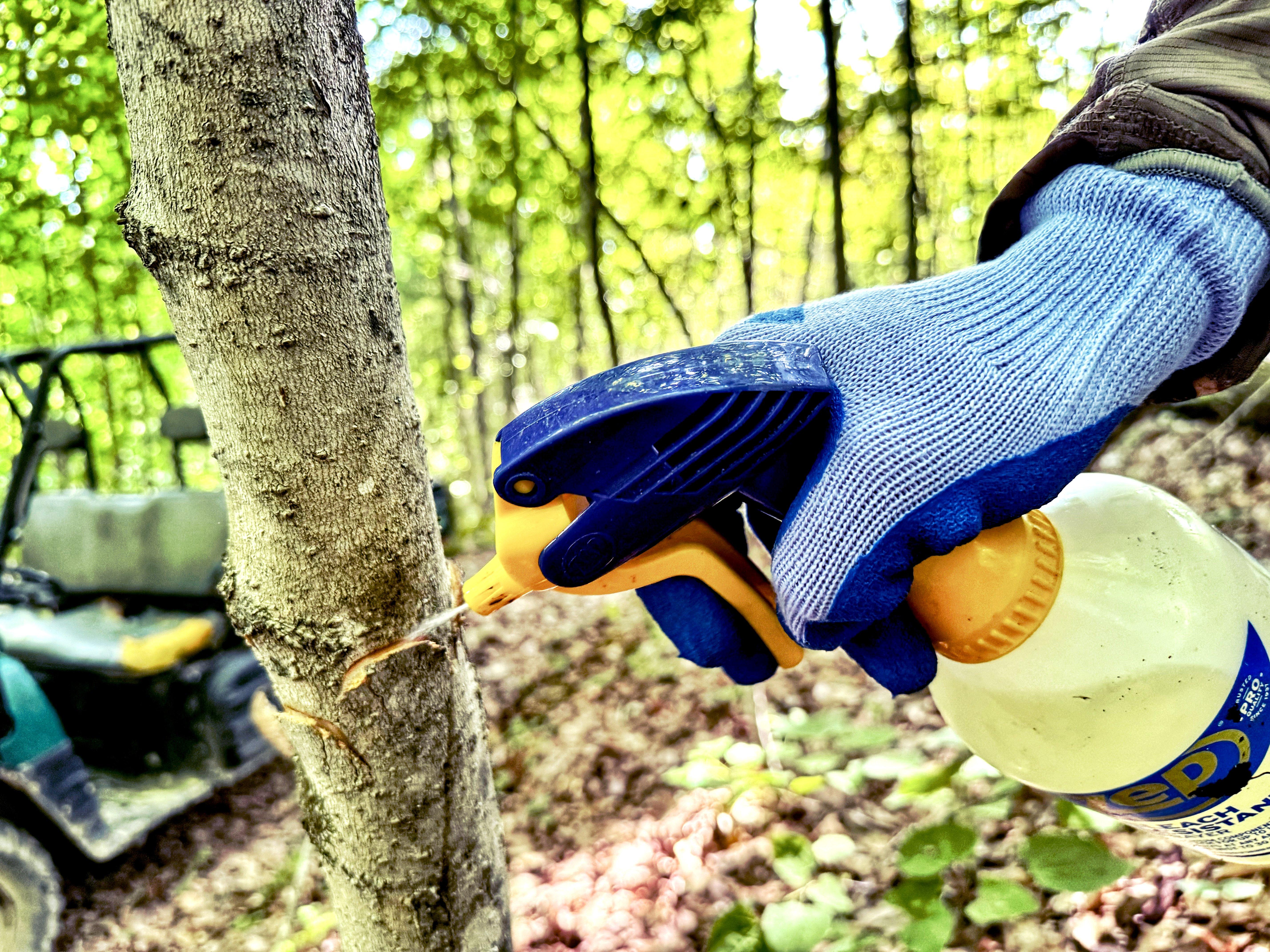
A seemingly simple project, such as a timber stand improvement, can improve the ecological health of your land and make it more attractive to wildlife. Photo by Bill Konway
CONCLUSION
Every property owner wants to make the most of their dirt, whether for hunting or overall biological health, and it’s great to know government programs offer expert advice and financial assistance. Maybe your property might benefit from involvement in such a program. A simple phone call to a local expert might put you on the path toward that goal.



